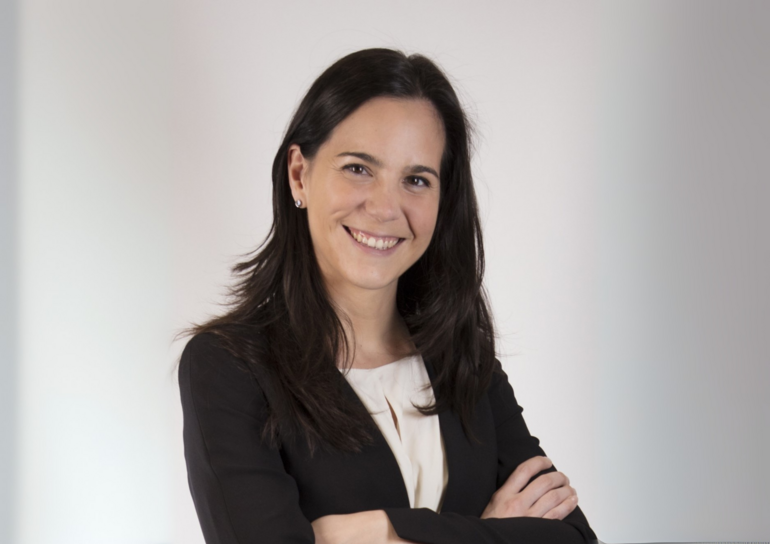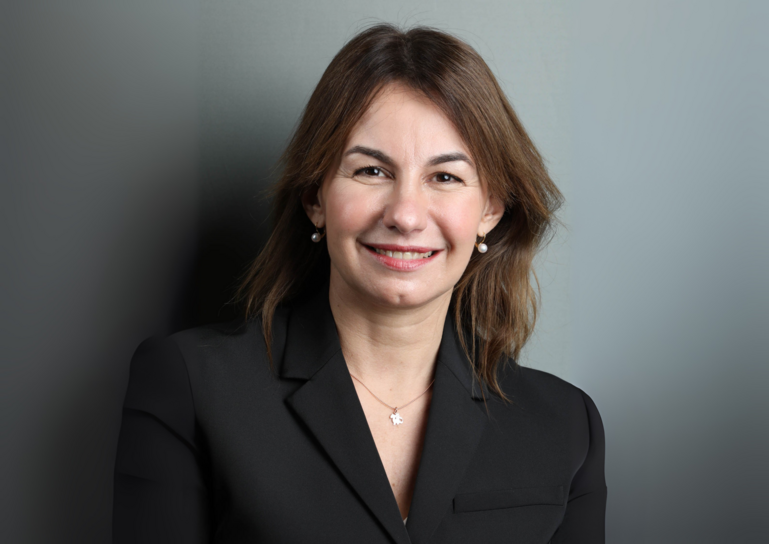Despite the encouraging findings of a new global survey demonstrating a high rate of uptake of the ESMO/ASCO Global Curriculum in Medical Oncology, resource limitations in lower-income regions as well as country-specific political circumstances may be hindering its implementation locally.
Cancer knows no borders – and nor should the training of those who are at the forefront in cancer care. The growing complexity of anticancer treatments has made it clear that the provision of optimal care to patients must be ensured by adequately trained multidisciplinary teams where the medical oncologist has a pivotal role (Ann Oncol. 2014 Jan;25(1):9-15). Recently published findings from a global survey by the ESMO/ASCO Global Curriculum (GC) Working Group take a reassuring picture of the current scenario in oncology: despite lacking data for some regions, 75% of participating countries recognise medical oncology today as a specialty or sub-specialty, and 68% have already adopted the GC (Annals of Oncology (2021) 32 (suppl_5): S1237-S1256. 10.1016/annonc/annonc701). Despite this, there is still some way to tackle disparities in education globally, particularly in geographical areas with limited resources.
What is the ESMO/ASCO Global Curriculum
The ESMO/ASCO Global Curriculum (GC) provides recommendations for physician training in medical oncology by defining the minimal training period and curriculum necessary to establish the knowledge and essential skills to qualify as a medical oncologist. Ultimately its goal is to provide cancer patients with access to high quality care regardless of their location. The first edition of the GC was published in 2004, it was updated in 2010 and the newest edition was published in 2016.
Tackling disparities in oncology education
The ESMO/ASCO Recommendations for a Global Curriculum (GC) in Medical Oncology provide a set of guidelines with a global perspective that outline training required for physicians to certify as medical oncologists (J Clin Oncol. 2004 Nov 15;22(22):4616-25). Since their development by the ESMO/ASCO GC Working Group, the recommendations helped the oncology profession attain high standards of qualification and contributed significantly to the formal recognition of medical oncology as a specialty in the European Union (EU) in 2011 (Ann Oncol. 2011 Aug;22(8):1695–1697). Since then, many countries have adapted or implemented the GC.
Shortly after that milestone was achieved, the group of experts conducted a survey to explore the evolution of medical oncology training in Europe. Of the 35 countries surveyed between 2012 and 2013, 25 recognised medical oncology as a distinct specialty at that time, although only 12 had formally adopted the GC (ESMO Open. 2016 Jan 18;1(1):e000004). The survey revealed important differences in training standards, such as the duration of initial training in internal medicine and medical oncology as well as the means used to evaluate competencies.
Since then, a subsequent global survey – including a total of 62 countries from different regions – reported no major improvement in Europe where two-thirds of EU countries already recognised medical oncology as a distinct specialty in 2013, while an encouraging increase of dedicated training programmes was reported in the rest of the world. All participating countries from the region of America and majority of the Asian and African countries reported having established training in medical oncology (ESMO Open. 2021 Sept 15, Article in press). Of the 10% of countries surveyed which did not recognise either medical oncology, haemato-oncology or clinical oncology as a separate specialty or sub-specialty, most were a part of the former Soviet Union and neighbouring areas, and resource constraints were reported as an important factor in determining training programme duration and content.
Hurdles to the implementation of the Global Curriculum
Funding constraints and local practices continue to have an outsized influence on the actual division of roles within multidisciplinary teams in oncology. Dr Ann Meredith Garcia Trinidad is a general medical oncologist working at Dagupan Doctors Villaflor Memorial Hospital, Dagupan City, Philippines. The GC was adopted by the Philippine Society of Medical Oncology in 2014 and is now in place in all the training institutions in the country, offering young oncologists the opportunity to build their careers on the highest standards of education. “However, approximately 70 medical oncologists per year are trained in the Philippines due to a limited number of training programmes and slots, which are localised mainly in Manila, making it difficult for many doctors to join,” says Garcia Trinidad. The result is a lack of a highly specialised oncology workforce in a country where over 150,000 new cancer cases are diagnosed annually (Globocan 2020, Philippines' factsheet).
According to Garcia Trinidad, an internal medicine background is necessary to manage complications of systemic anti-cancer treatments, which can be administered by non-medical oncologists in her home country. “The risk is that adverse events may not be managed correctly in patients,” she says highlighting a paradox. “Although medical oncologists are formally recognised as specialists playing a core role in multidisciplinary teams, others including surgical and gynaecologic oncologists are involved in administering systemic therapies: there is no law or policy to restrict them from giving chemotherapies.”
In India the GC has not yet been formally adopted and the medical oncology programme varies across the country (South Asian J Cancer. 2012 Jul-Sep; 1(1): 1–4). “The medical oncology curriculum is similar but not exactly the same across universities, nor does a single body govern training,” says Dr Bharti Devnani, Assistant Professor in the Department of Radiation Oncology and Clinical Oncology at All Institute of Medical Sciences, Jodhpur, India, who investigated among her colleagues the popularity of the ESMO/ASCO GC. “Only a few were aware of it,” she confirms. Her overall assessment of the content, based on the 2016 curriculum, is positive. “The Indian Society of Medical and Paediatric Oncology has been involved in the formulation of these recommendations. There is a section on how to implement them in resource-limited settings so they are replicable globally. For the patient, the GC helps to ensure they are treated by skilled oncologists following the same standard in use in developed countries.”
Devnani explains that a low doctor to patient ratio is a critical barrier to ensuring high-quality cancer care for patients in India as well as in the Philippines due to an uneven distribution of facilities with trained staff in the country. “There are more training and research opportunities for medical oncologists in major metropolitan areas than in the periphery,” she comments adding that this also affects the accessibility to clinical trials. “For patients, accessibility is difficult because multidisciplinary care is usually not available outside the metropolitan area.”
Drs Garcia Trinidad and Devnani both agreed that the GC encourages a high benchmark for training in medical oncology. Although the GC includes provisions on how to implement up-to-date cancer care in resource-limited settings, any such progress may ultimately be hindered by local political constraints and lack of funding.







